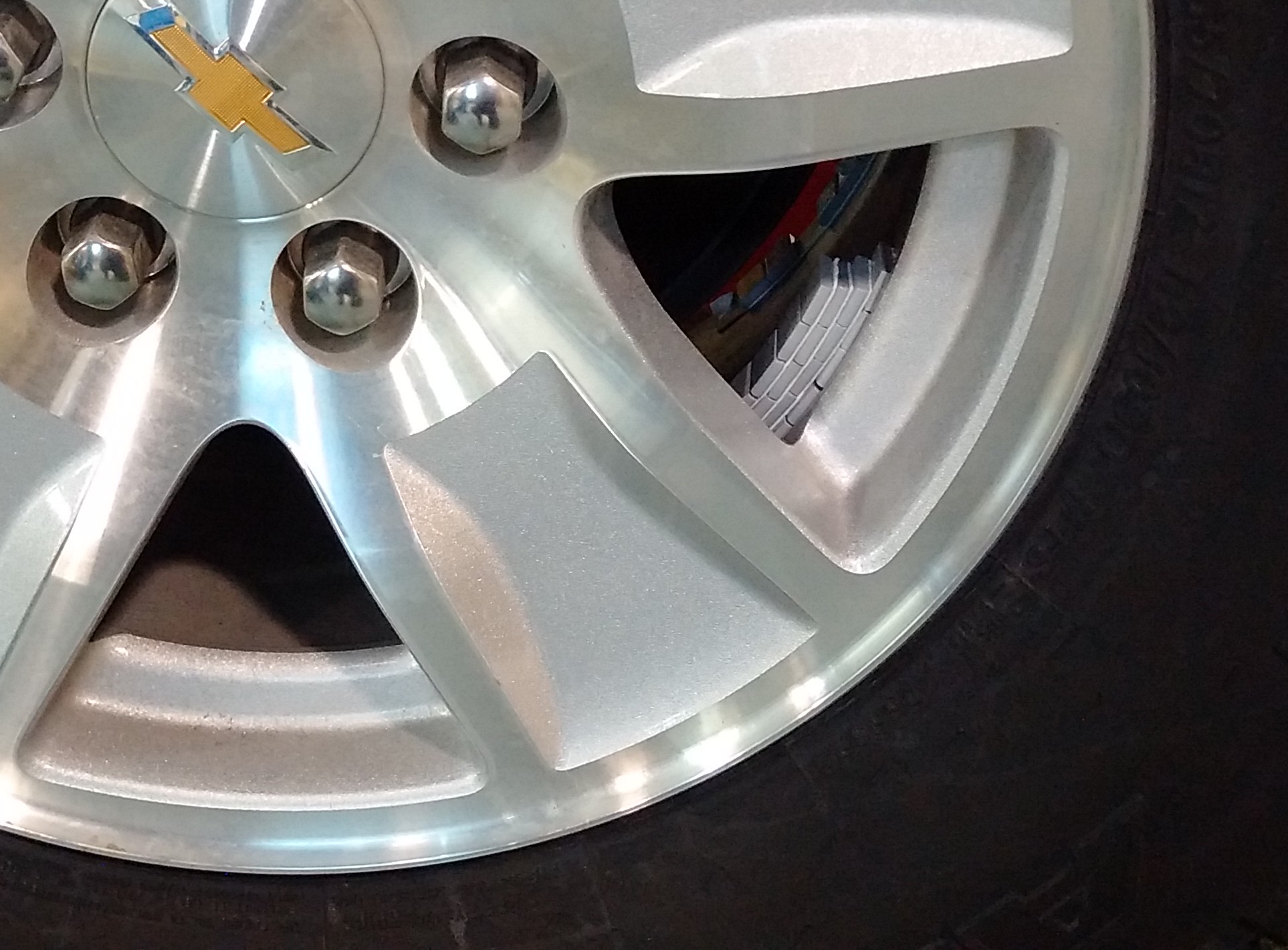Recently NOVA Auto played host to a total of thirty-five automotive instructors coming from different schools such as; the West Island Career Centre, Laurier Macdonald Career Centre, Western Quebec Career Centre, and of course, NOVA. All had the same goal; to enrich our students’ learning using new, relevant techniques and technology. Once again we were fortunate to have lead GM ASEP instructor Randy Scott, from Algonquin College as our guide.
Topics covered include the upcoming changes to Service Information, and how best to navigate and find the correct information in a timely manner. It seems strange but at one time if a mechanic had to consult a book or look something up, it was frowned upon. Today, due to the sheer volume of information, most of it is stored online and it is almost impossible to work without. Something seemingly simple, such as changing engine oil and resetting the oil life monitor, can become a nightmare without the correct information. Tire changes (‘tis the season 🙂 ) can also be a challenge due to Tire Pressure Monitoring Systems and proper wheel torque. Truly, nothing is simple on a car today and it was driven home that finding the right information is one of the most important steps in any service or repair.
We were also introduced to new equipment used for vibration analysis. Why would a mechanic have to know about harmonics, orders of vibration, and relative G forces? Great question! That annoying buzz, rattle, or shake that only seems to happen at certain times when driving your vehicle, that’s why. 🙂 Some causes of vibration might be obvious, such as a tire being out of balance, but others are less so. Tire Radial Force Variation, imbalanced drive shafts, unbalanced accessories, or even engine mechanical problems can all cause vibrations that are annoying and hard to track down. The Picoscope Noise Vibration Harshness (NVH) Analyzer helps take the guesswork out of tracking down the problem. By combining an accelerometer with a digital storage oscilloscope, as well as using a vehicle computer interface, the software is able to determine the vibration’s frequency and severity, and then suggest likely causes. Although this technology has been around for years, it often required a lot of mathematics and patience to use properly and was often overlooked for the “trial and error” method of finding the problem. If used, this new equipment and software can make finding these difficult problems a snap.
Afterwards, we revisited Serial Data Communications and how new techniques for diagnosis can help reduce the time spent searching for problems. It may sound a little ridiculous that a mechanic would have to know about this sort of thing until you realize that on many modern vehicles, putting a window up or down may involve as many as 3 computers on possibly two different data busses. If you are a geek like me, it’s very cool stuff! 🙂
All in all it was a very busy, productive, and rewarding day. Without giving away too many secrets, I’d like to share something that I’ve learned during my time as an instructor here at NOVA. Although the teacher is always an important part of the puzzle, the people who make up the group often make the class what it is. This training was fantastic; I would like to thank everyone who attended for making it so!

